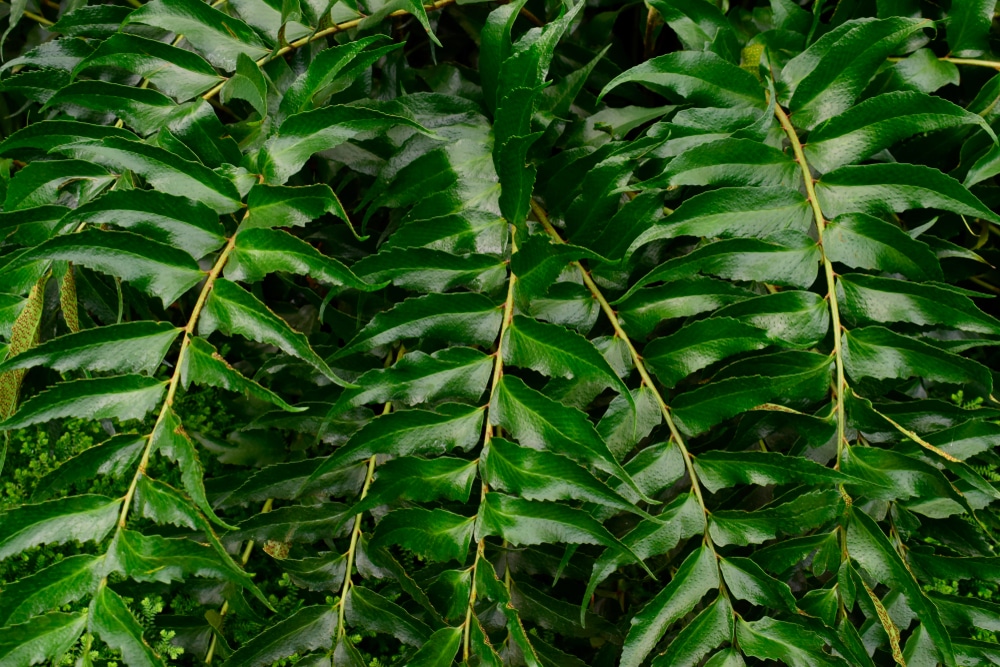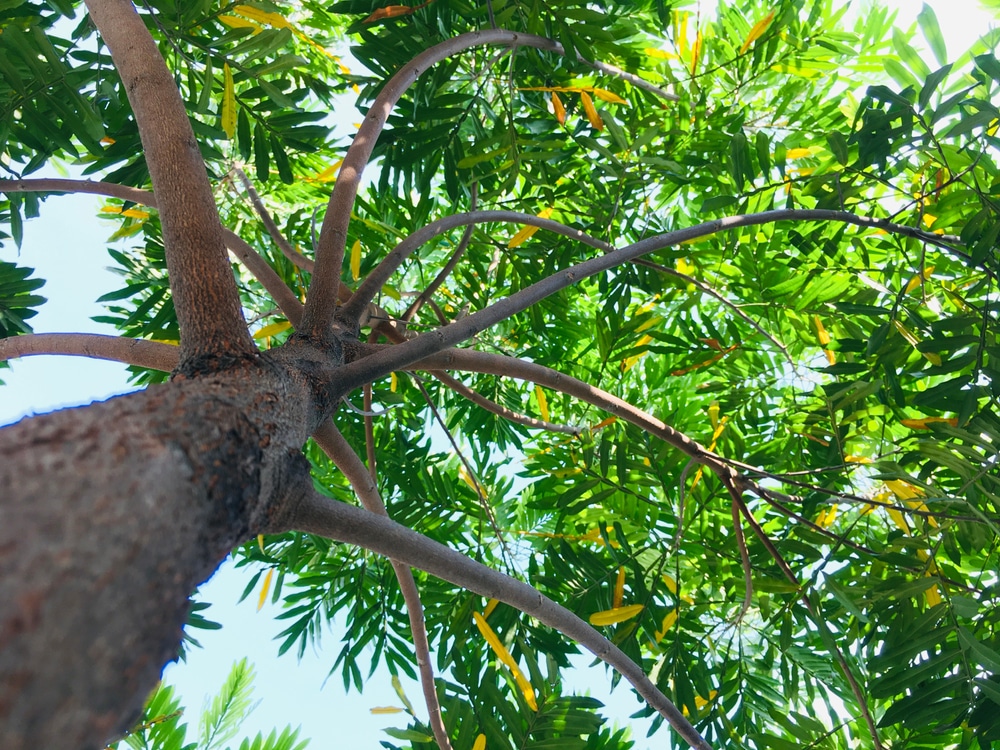Japanese fern trees are a popular choice for landscaping in Florida due to their fast growth, attractive foliage, and low-maintenance care requirements. They are native to Japan but also have naturalized populations in parts of the United States, including Florida. The tropical climate of Florida makes it an ideal environment for these evergreen trees to thrive and flourish. Let’s look at how to grow and care for a Japanese fern tree in Florida.
Japanese fern tree Florida

The Japanese fern tree has the botanical name filicium decipiens and is an evergreen tree that grows well in tropical climates. The tree originates from Asia and Africa and grows well in USDA zones 10 to 12.
These trees are often grown as house plants but can be planted outdoors in Florida. The trees are commonly found growing in yards and landscapes in south Florida. They grow to a height of between 15 and 35 feet and can spread up to 25 feet wide.
Planting
When planting a Japanese fern tree, choose an area with full to partial sunlight and well-draining soil that is not overly fertile. These trees do best when planted in alkaline soil.
Avoid areas prone to flooding or high winds, as these may damage the tree’s shallow root system.
Planting in spring or fall will provide the best conditions for growth, but it is possible to plant at other times of the year with proper care and maintenance. These trees bloom with beautiful white flowers in the winter months.
It’s also worth noting that this tree can get huge, so you’ll need to ensure that they aren’t planted too close to your property or any outbuildings.
You can also grow a new tree by planting a seed in the fall when the weather is cooler. Seeds can be planted indoors or outside and germinate in a few weeks.
How to care for a Japanese fern tree in Florida
Here are some care tips for a Japanese fern tree:
Watering
Once established, Japanese fern trees require very little in terms of ongoing care. Water the tree regularly during periods of drought or extreme heat, ensuring that the soil remains evenly moist but not soggy or waterlogged.
Pruning
Prune the tree in early spring, cutting back any dead or diseased branches to promote healthy growth and encourage dense foliage. However, many gardeners find it unnecessary to prune a Japanese fern tree as they are relatively tidy.
Fertilization
A slow-release fertilizer should be applied every six weeks during the growing season. Be sure to follow the instructions on the package carefully to avoid overfeeding or burning the roots of the tree.
Fertilizer isn’t necessary during the winter months as this variety of tree becomes dormant at that time.
Pests and Diseases
Japanese fern trees are pretty pest resistant and healthy as long as they are watered enough and grown in the correct soil. They can be susceptible to various pests and diseases but can generally be kept in check with regular maintenance and observation. Common problems include aphids, spider mites, scales, and mealybugs, which can be controlled with insecticidal soaps or oils, or by manually removing them from the tree.
Diseases such as canker, rust, and leaf blight can occur in Japanese fern trees if they are stressed due to environmental factors such as drought or improper care. Prune away any diseased branches and monitor the tree closely to catch any potential problems early on.
Conclusion
With proper care and attention, Japanese fern trees can thrive in the warm climate of Florida. Their distinctive foliage and rapid growth rate make them an excellent addition to any garden or landscape. Follow the tips outlined above to ensure that your tree maintains its healthy growth and remains a beautiful feature in your yard for years to come.
